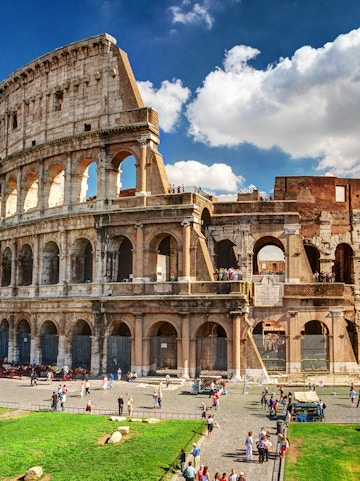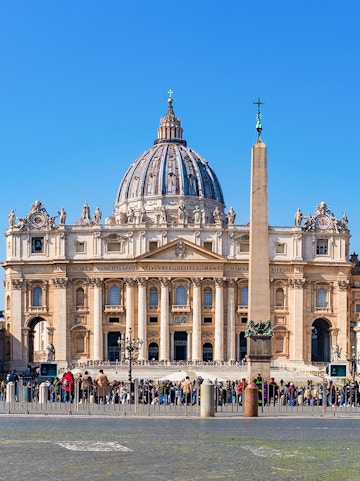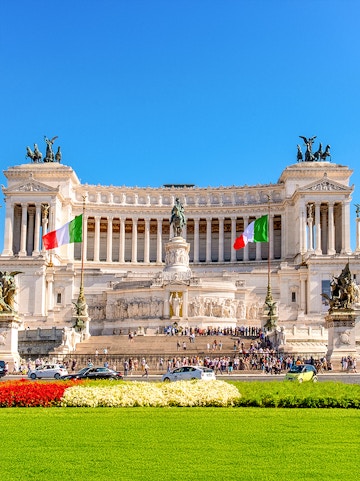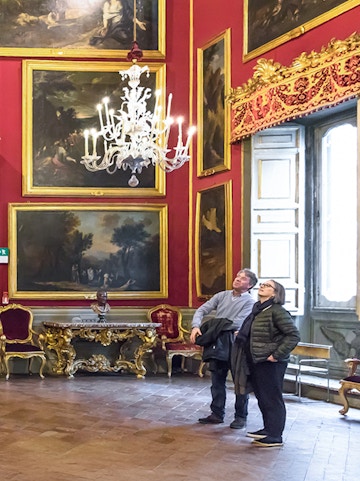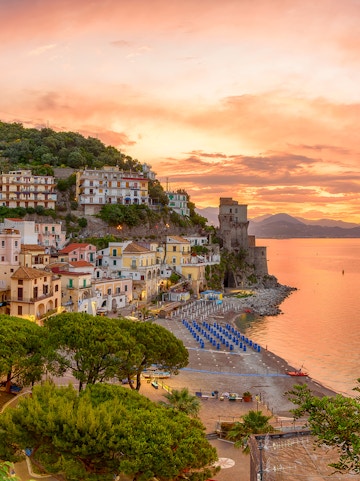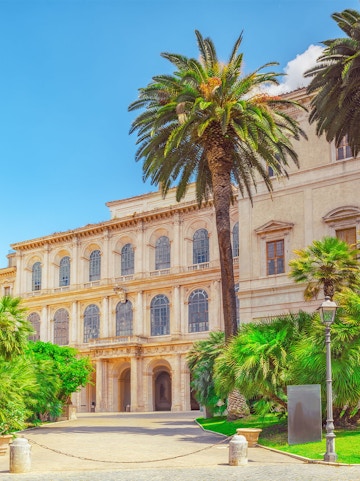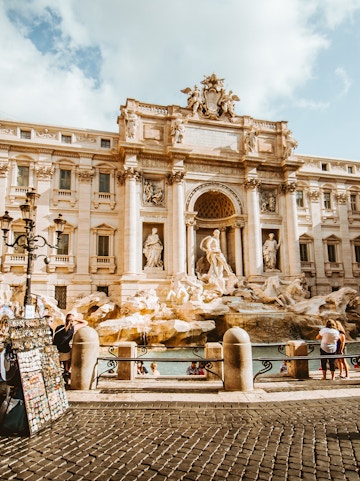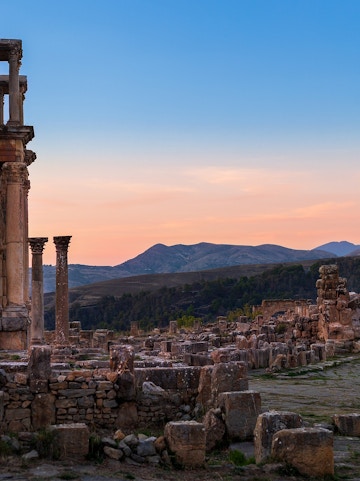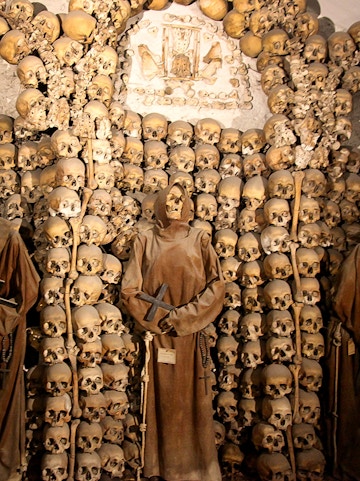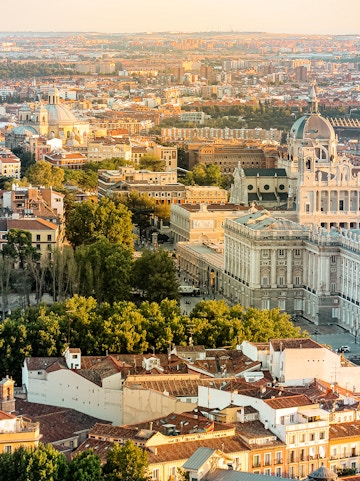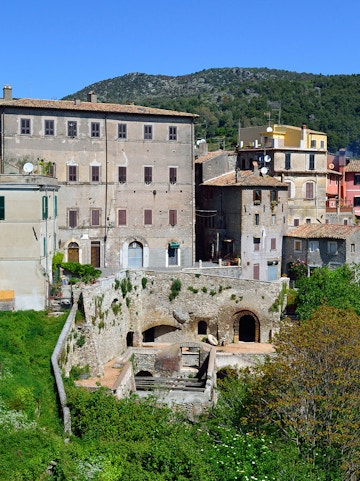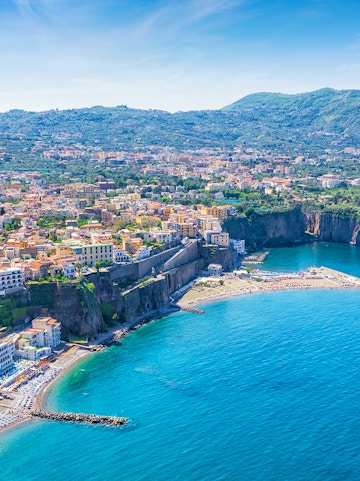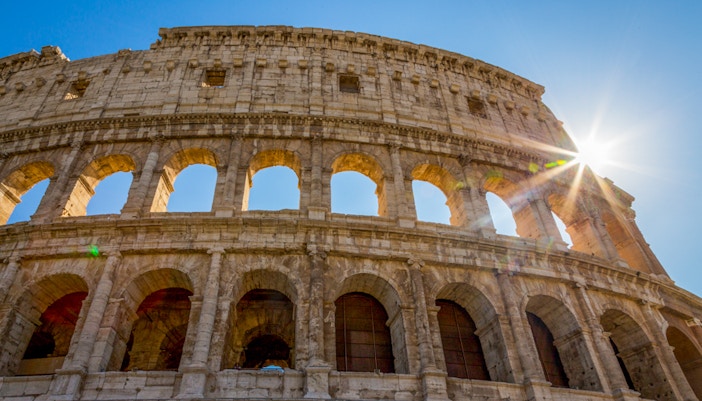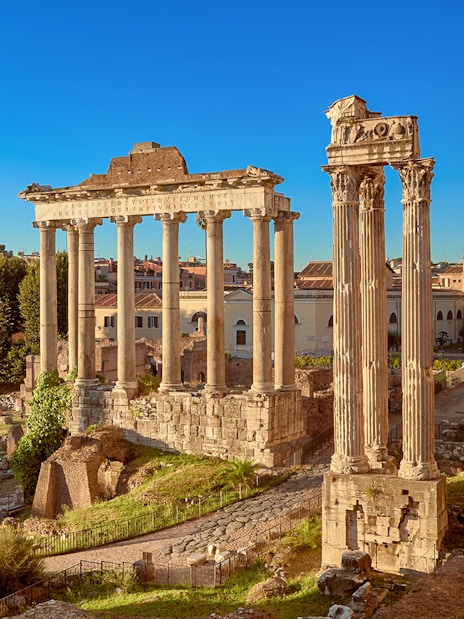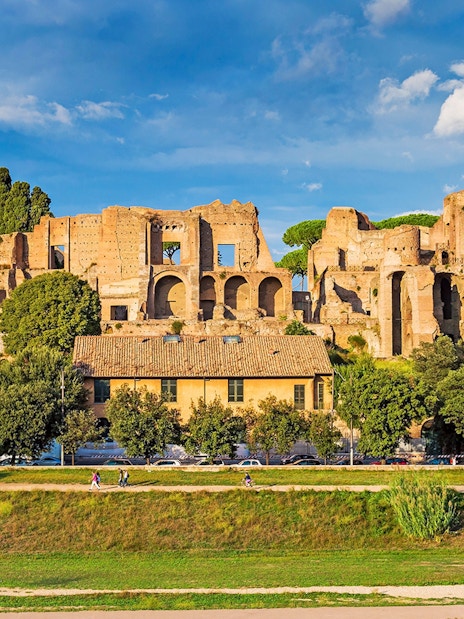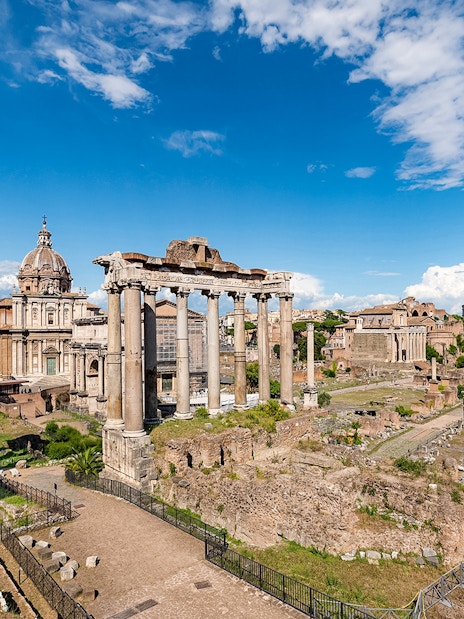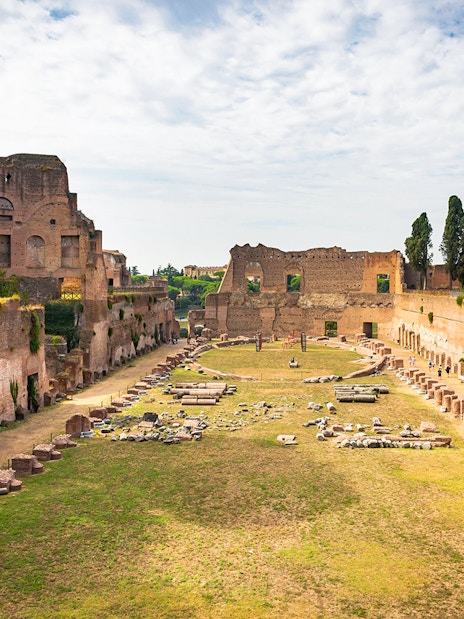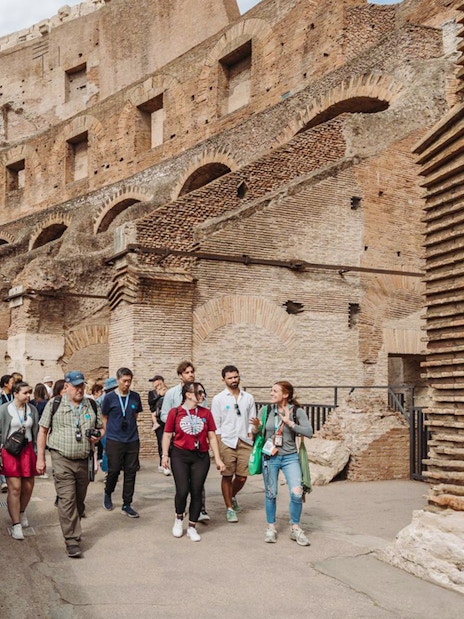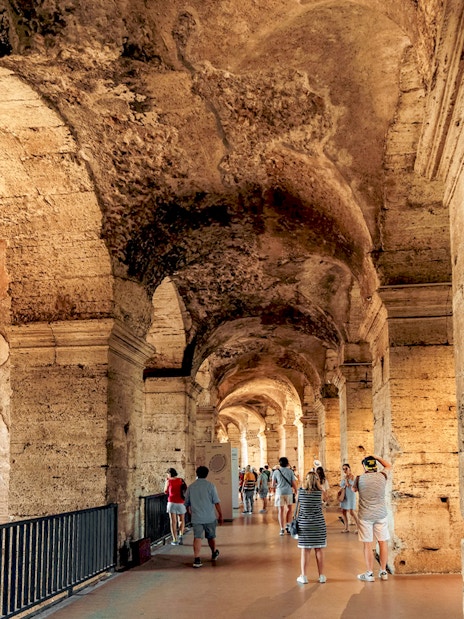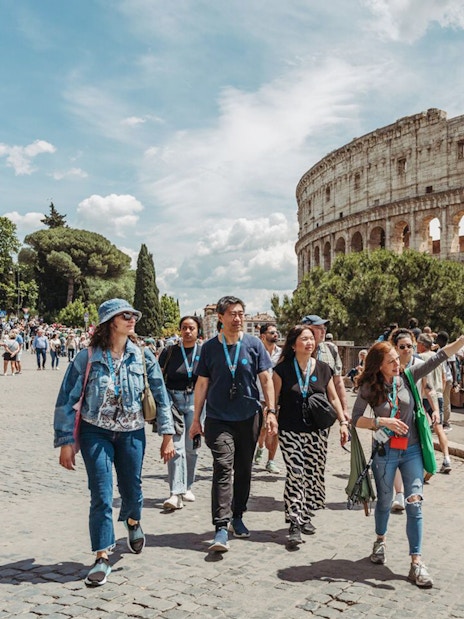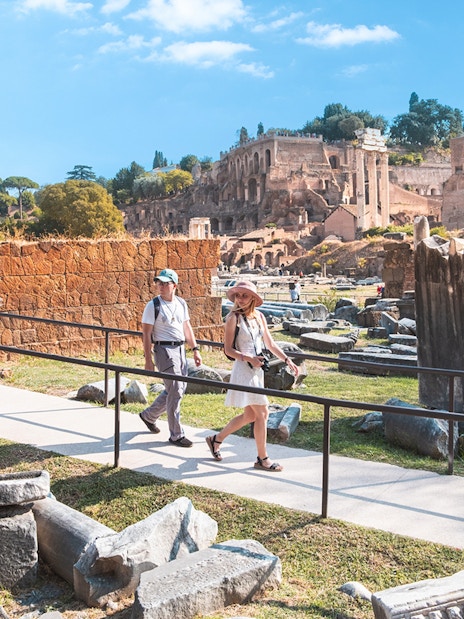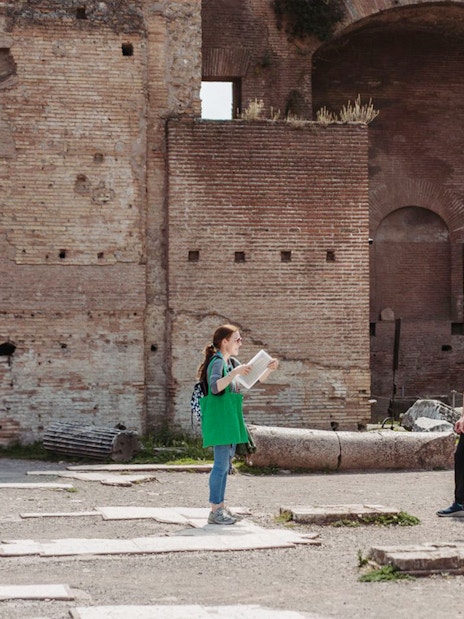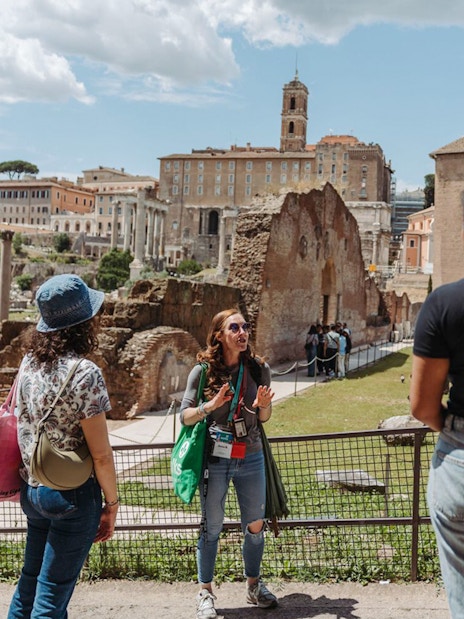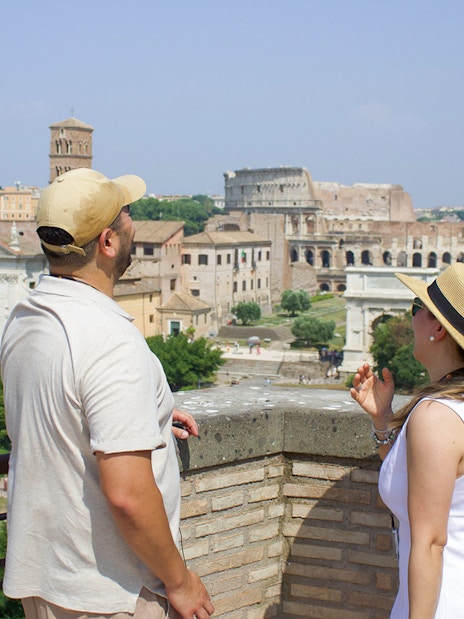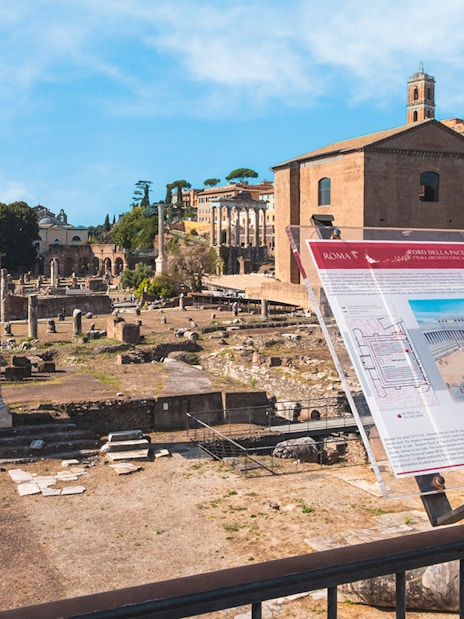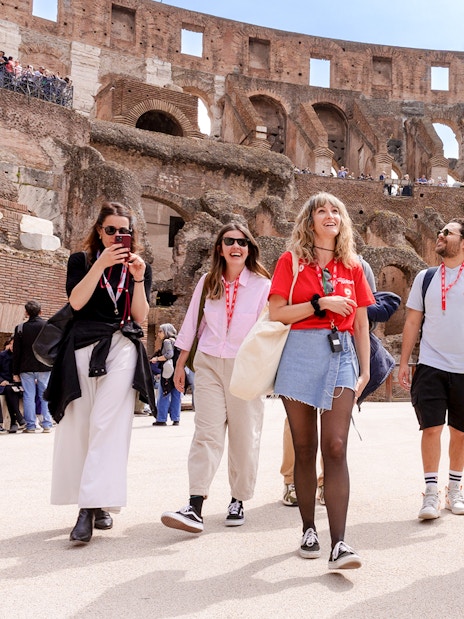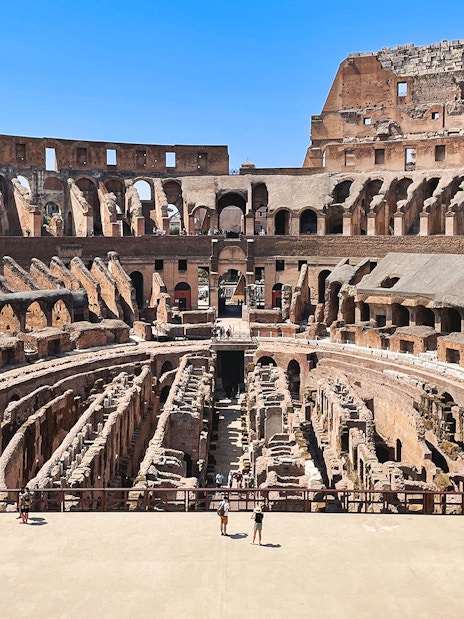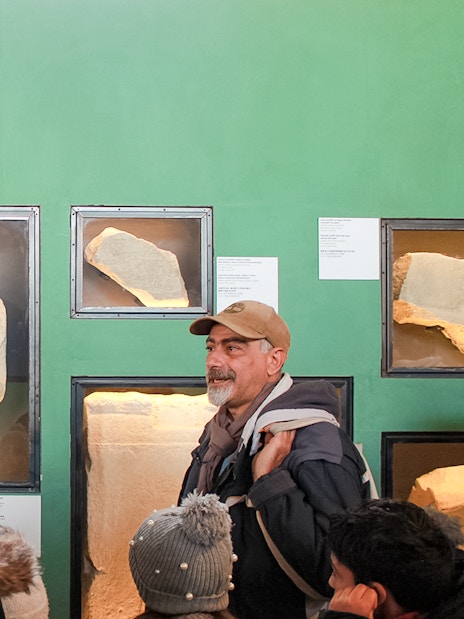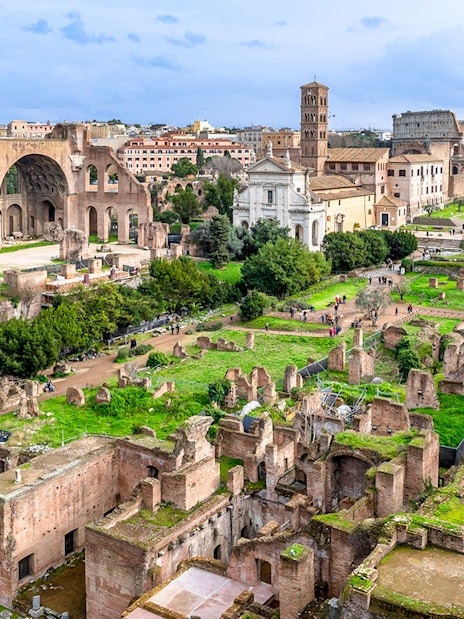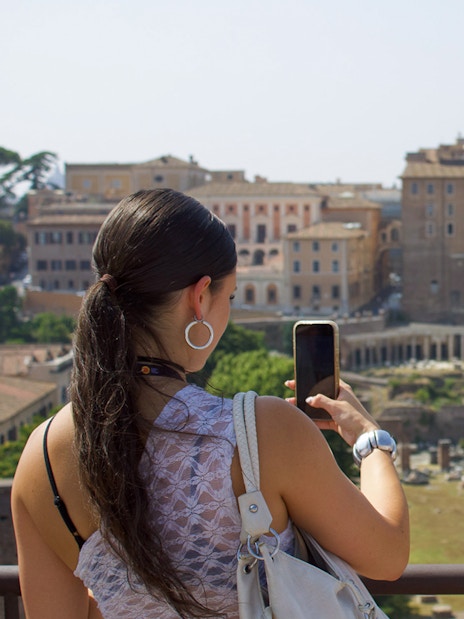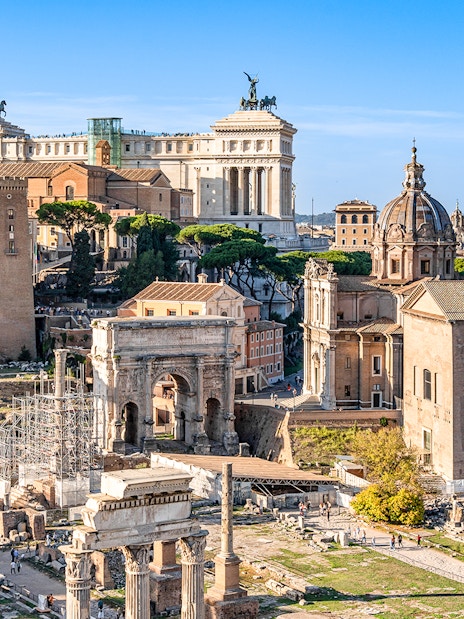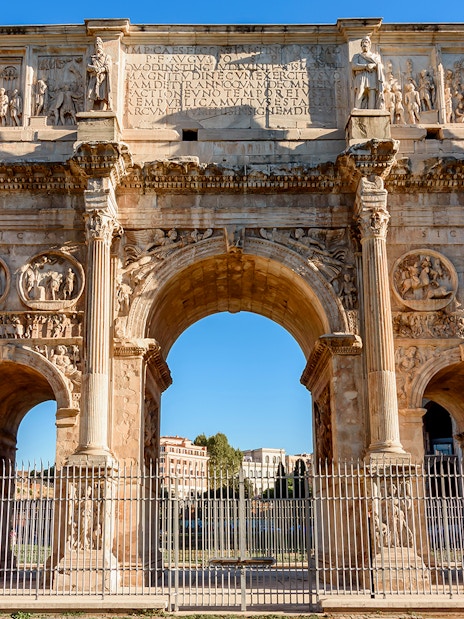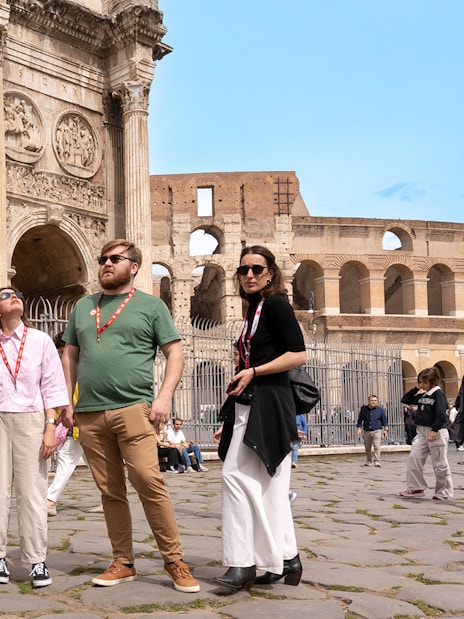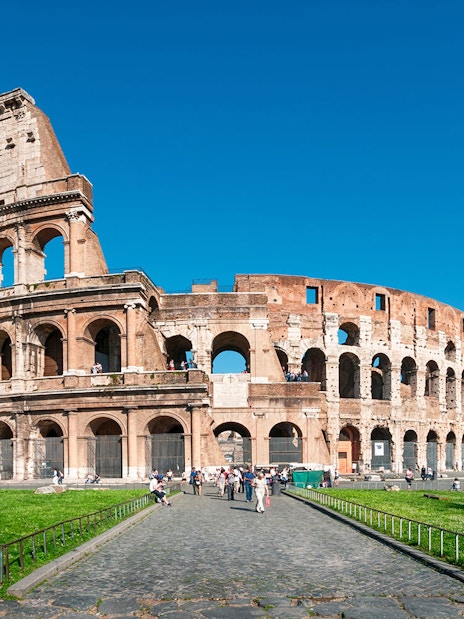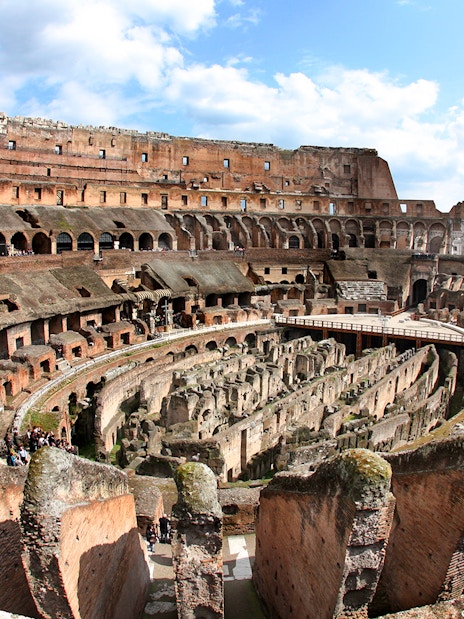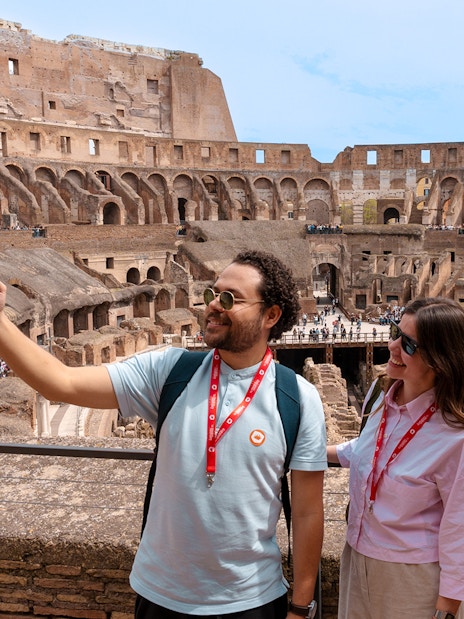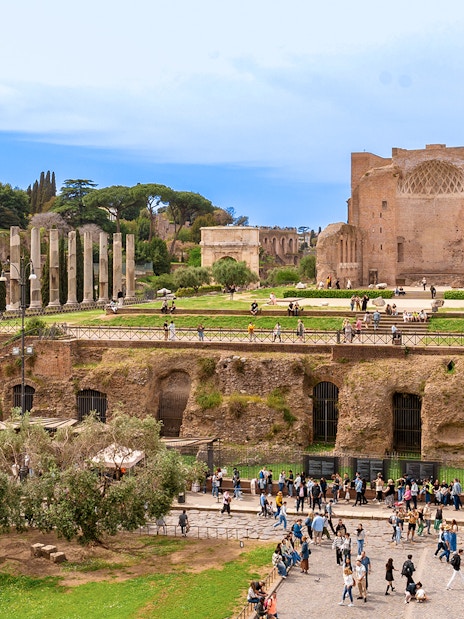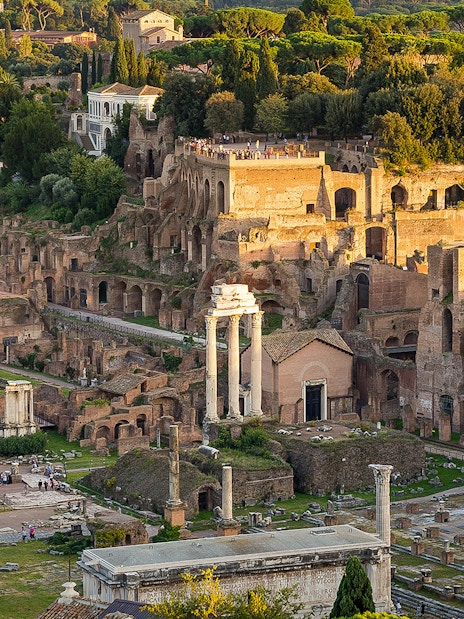Palatin Tepesi'nin kısa tarihi: Bir zaman çizelgesi
📍 MÖ 753 - Roma'nın efsanevi doğum yeri
Efsaneye göre Romulus, ikiz kardeşi Remus'u öldürdükten sonra Roma'yı Palatin Tepesi'nde kurmuştur. Bu efsanevi köken, tepenin Roma tarihindeki sembolik yerini sağlamlaştırmaktadır.
📍 MÖ 1. yüzyıl - İmparatorluk konutlarının yükselişi
Augustus ve Tiberius gibi imparatorlar tepeye gösterişli saraylar inşa ederek burayı antik Roma'nın en prestijli adresi haline getirmişlerdir. Tapınaklar, fıskiyeler ve bahçeler imparatorluk gücünü sergiler.
📍 MS 1. - 5. yüzyıl - Siyasi ve ruhani merkez
Palatin Tepesi, Apollo Tapınağı ve Kybele gibi önemli dini tapınakların görevli olduğu bir güç merkezi olarak gelişmeye devam etmektedir. Domitian da dahil olmak üzere imparatorlar ihtişamını daha da artırır.
📍 5. - 15. yüzyıl - Düşüş ve sönen ihtişam
Batı Roma İmparatorluğu çökerken, tepedeki saraylar da çürümeye yüz tutar. Taşlar yeniden kullanılıyor ve dağınık ortaçağ yerleşimleri imparatorluk ihtişamının yerini alıyor.
📍 15. - 18. yüzyıl - Yeniden keşif başlıyor
Rönesans, klasik antik çağa olan ilginin yeniden canlanmasına yol açar. Sanatçılar, akademisyenler ve ilk arkeologlar kalıntıları keşfederek gelecekteki kazılar için zemin hazırlar.
📍 19. yüzyıl - Sistematik arkeolojik kazılar
Kazılar daha düzenli hale gelir. Domitian Sarayı, Livia ve Augustus Evleri gibi yapılar gün yüzüne çıkarılarak çarpıcı mozaik ve Freskler ortaya çıkarılmıştır.
📍 20. yüzyıl - Restorasyon ve Erişilebilirlik
Koruma çalışmaları, tepenin kırılgan kalıntılarını korumayı amaçlamaktadır. Roma turizm altyapısını geliştirdikçe Palatin Tepesi, genellikle Kolezyum ve Forum ile birlikte ziyarete açılmaktadır.
📍 21. yüzyıl - Canlı arkeoloji
Kazılar yeni odaları, sanat eserlerini ve yapıları ortaya çıkarmaya devam ediyor. Modern tabelalar, rehberli turlar ve müze sergileri ziyaretçi deneyimini zenginleştirerek Palatin Tepesi'ni tarih severler için mutlaka görülmeli bir yer haline getirmektedir.
Kolezyum'un tarihçesi açıklandı



















